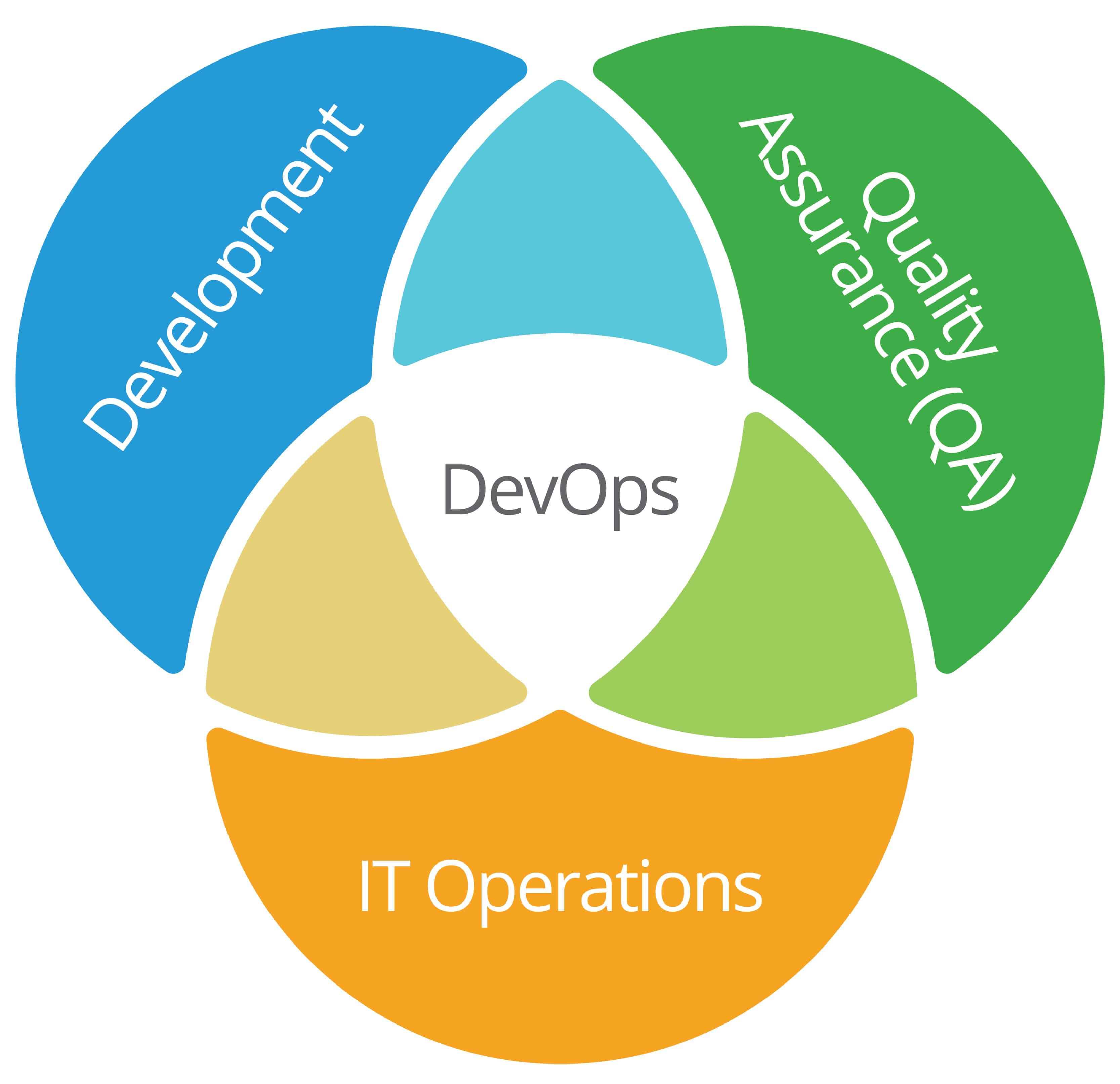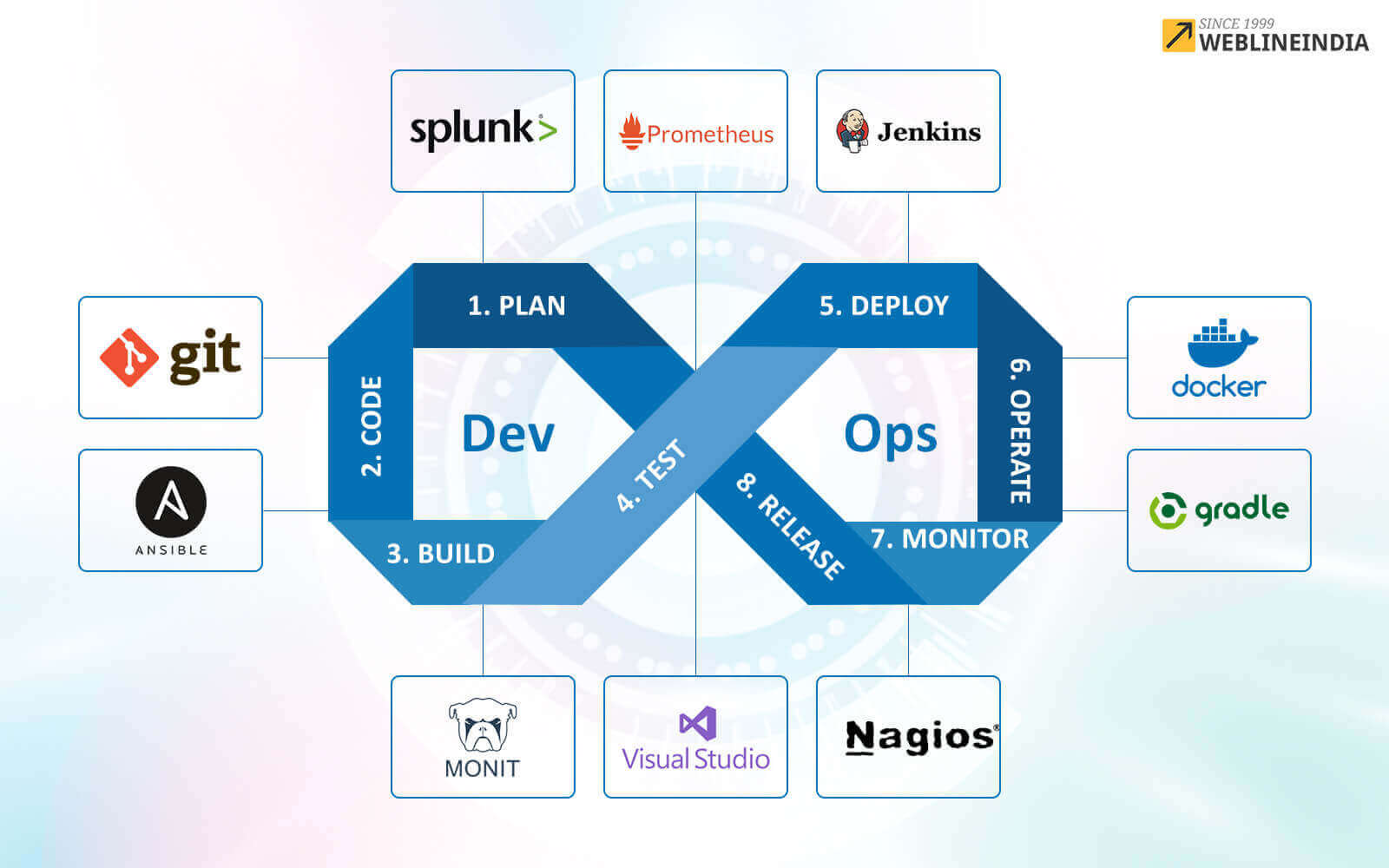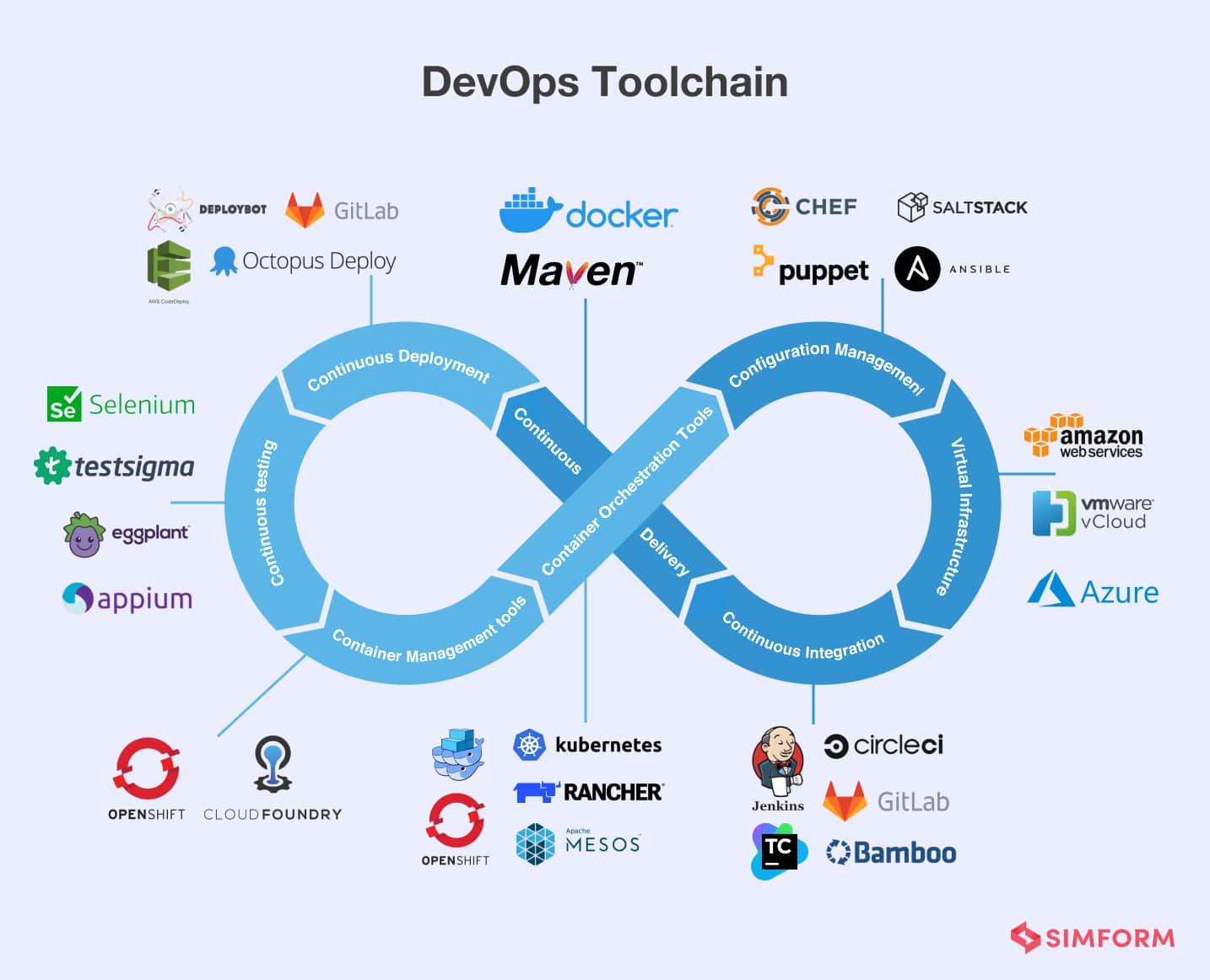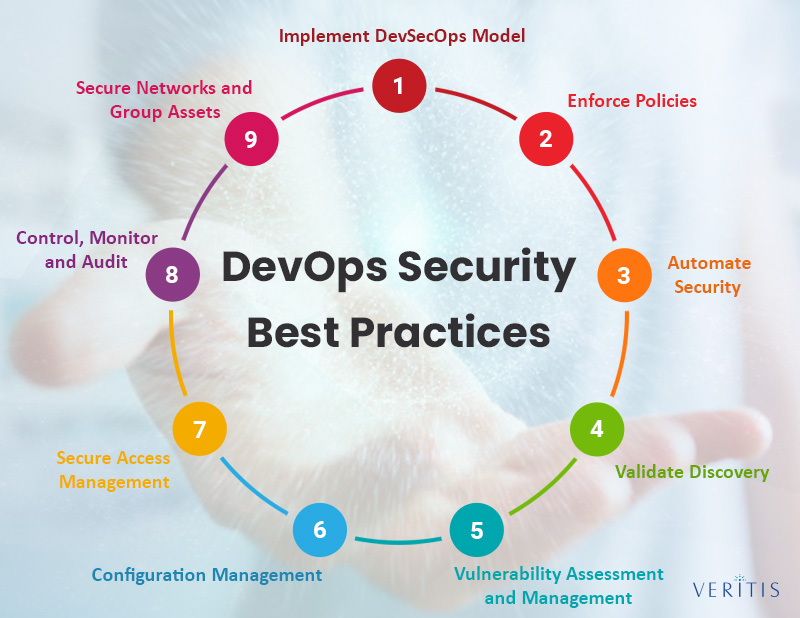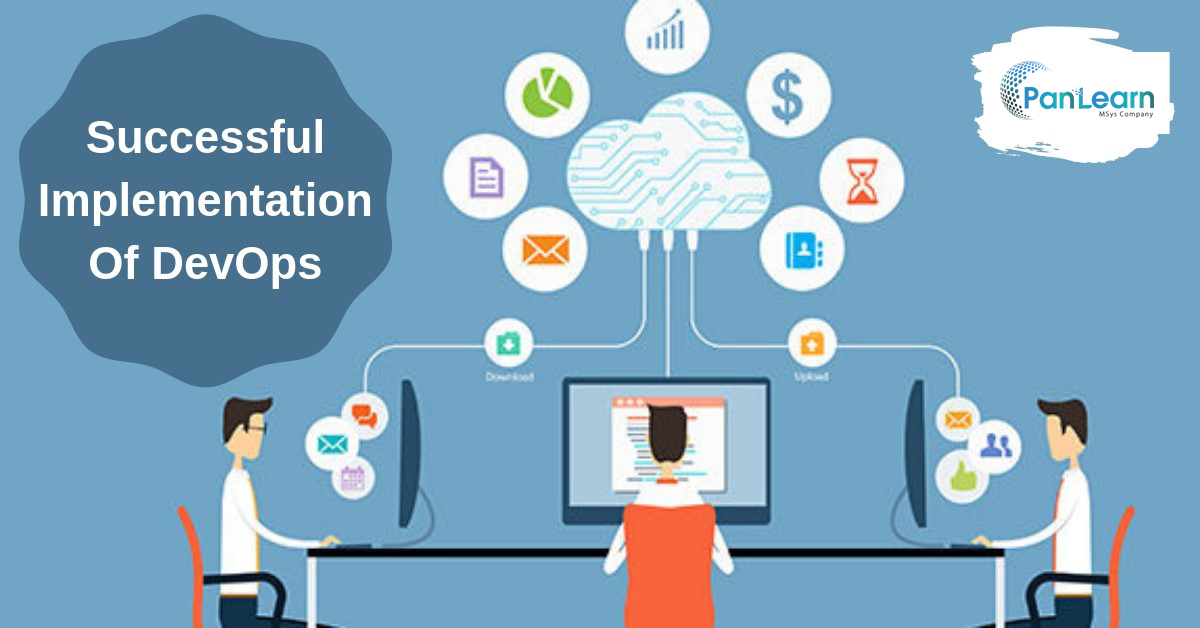What is DevOps Architecture?
DevOps architecture is a modern approach to software development that emphasizes collaboration, communication, and automation between development and operations teams. By integrating these teams, DevOps architecture aims to streamline the software development lifecycle, enabling continuous integration, delivery, and deployment. This approach significantly reduces the time to market, improves product quality, and enhances customer satisfaction.
At its core, DevOps architecture is a set of practices, tools, and methodologies that bridge the gap between development and operations teams. It encourages a culture of shared responsibility, where developers and operations personnel work together to ensure smooth software delivery. This collaboration results in a more efficient development process, with faster feedback loops, early error detection, and swifter resolution of issues.
The primary goal of DevOps architecture is to create a seamless, automated pipeline for software delivery. This pipeline includes various stages, such as source code management, continuous integration, continuous delivery, and monitoring. By automating these stages, DevOps architecture reduces manual intervention, minimizes human error, and ensures consistent, reliable, and repeatable software delivery.
Incorporating DevOps architecture into your software development process can bring numerous benefits, including increased efficiency, improved collaboration, faster time to market, and higher-quality software. By adopting this approach, organizations can better meet the ever-evolving needs of their customers and stay ahead in today’s highly competitive digital landscape.
Key Components of DevOps Architecture
DevOps architecture comprises several essential components that facilitate the streamlined development, deployment, and monitoring of software applications. These components include:
- Source Code Management: This component involves using version control systems, such as Git, to manage and track changes to the source code. It enables collaboration among team members, facilitates code sharing, and ensures that all developers work on the latest version of the codebase.
- Continuous Integration: Continuous Integration (CI) is the practice of automatically building and testing code changes as they are committed to the source code repository. Tools like Jenkins, Travis CI, and CircleCI help automate the build and testing process, ensuring that code issues are identified and resolved early in the development cycle.
- Continuous Delivery: Continuous Delivery (CD) is the process of automatically deploying code changes to various environments, such as development, staging, and production. CD tools, such as AWS CodePipeline, Google Cloud Build, and Azure Pipelines, automate the deployment process, reducing manual intervention and accelerating the release of new features and updates.
- Monitoring Tools: Monitoring tools, like Nagios, Prometheus, and Grafana, provide real-time insights into the performance, availability, and health of applications and infrastructure. These tools help identify and resolve issues quickly, ensuring optimal application performance and user experience.
By integrating these components, DevOps architecture establishes a seamless, automated pipeline for software delivery, enabling continuous integration, delivery, and deployment. This streamlined process leads to faster time to market, improved product quality, and enhanced customer satisfaction.
Popular DevOps Architecture Tools and Platforms
Numerous tools and platforms are available for implementing DevOps architecture, each serving specific functions and contributing to the overall automation and collaboration process. Some of the most popular ones include:
- Jenkins: An open-source automation server, Jenkins is widely used for continuous integration and continuous delivery (CI/CD) pipelines. It supports various plugins, enabling integration with a wide range of tools and platforms.
- GitHub: A web-based platform for version control using Git, GitHub offers source code management, collaboration, and code review features. It also provides continuous integration and deployment services through GitHub Actions.
- Docker: Docker is a platform for developing, shipping, and running applications using container technology. Docker containers package applications and their dependencies into a single, lightweight, and portable unit, facilitating consistent deployment across environments.
- Kubernetes: Kubernetes is an open-source platform for automating container orchestration, scaling, and management. It enables the deployment, management, and scaling of containerized applications across clusters of hosts, ensuring high availability and resilience.
These tools and platforms play a crucial role in DevOps architecture, automating various stages of the software development lifecycle and facilitating seamless collaboration between development and operations teams. By integrating these tools, organizations can build robust, scalable, and efficient DevOps architectures that drive continuous integration, delivery, and deployment.
Designing an Effective DevOps Architecture
Designing an effective DevOps architecture involves careful planning, collaboration, and the implementation of best practices. Here are some key considerations and steps to follow:
- Collaboration: Encourage close collaboration between development and operations teams. This collaboration ensures that all stakeholders understand the development process, infrastructure requirements, and deployment strategies. Regular meetings, shared documentation, and open communication channels foster a collaborative environment.
- Automation: Implement automation wherever possible to reduce manual intervention, minimize human error, and accelerate the development lifecycle. Automate tasks such as code testing, building, deployment, and monitoring to ensure consistency, reliability, and efficiency.
- Continuous Improvement: Adopt a culture of continuous improvement, where teams regularly review and optimize the DevOps architecture. Regularly assess the performance of tools, processes, and infrastructure, and make adjustments as needed to improve efficiency, scalability, and reliability.
- Security: Incorporate security best practices into the DevOps architecture from the outset. Implement security measures such as vulnerability scanning, access controls, and encryption to protect applications and data throughout the development lifecycle.
- Microservices Architecture: Consider adopting a microservices architecture, where applications are composed of small, independently deployable services. This approach enables teams to develop, test, and deploy services independently, accelerating the development lifecycle and improving scalability and resilience.
By following these best practices, organizations can design effective DevOps architectures that streamline the development lifecycle, improve collaboration, and enhance product quality and reliability.
Implementing DevOps Architecture: A Step-by-Step Guide
Implementing a DevOps architecture involves careful planning, setup, configuration, and testing. Here’s a step-by-step guide to help you get started:
- Planning: Define your DevOps architecture objectives, requirements, and constraints. Identify the tools, platforms, and infrastructure needed to support your DevOps architecture. Establish key performance indicators (KPIs) to measure the success of your DevOps architecture implementation.
- Setup: Set up the necessary infrastructure, such as servers, containers, and networks. Install and configure the chosen tools and platforms, such as source code management systems, continuous integration servers, and monitoring tools.
- Configuration: Configure the tools and platforms to work together seamlessly. Define and configure build, test, and deployment pipelines. Implement security measures such as access controls, encryption, and vulnerability scanning.
- Testing: Test the DevOps architecture thoroughly to ensure that it meets your requirements and performs as expected. Perform functional, integration, performance, and security testing. Identify and resolve any issues or bugs before deploying the DevOps architecture to production.
- Deployment: Deploy the DevOps architecture to production. Monitor the performance and availability of the applications and infrastructure. Ensure that the DevOps architecture is scalable, resilient, and secure.
- Continuous Improvement: Regularly review and optimize the DevOps architecture. Assess the performance of tools, processes, and infrastructure, and make adjustments as needed to improve efficiency, scalability, and reliability.
By following this step-by-step guide, organizations can successfully implement DevOps architectures that streamline the development lifecycle, improve collaboration, and enhance product quality and reliability.
Challenges and Best Practices in DevOps Architecture
Implementing and maintaining a DevOps architecture can be challenging, but adhering to best practices can help overcome these obstacles. Here are some common challenges and best practices in DevOps architecture:
- Cultural Resistance: DevOps architecture requires a cultural shift towards collaboration, automation, and continuous improvement. Overcoming resistance to change and fostering a culture of collaboration can be challenging. Best practices include providing training, mentoring, and support to help teams adapt to the new culture.
- Complexity: DevOps architecture involves integrating multiple tools and platforms, which can lead to complexity. Managing this complexity requires careful planning, documentation, and testing. Best practices include using standardized processes, automating wherever possible, and implementing robust monitoring and alerting systems.
- Security: Security is a critical concern in DevOps architecture. Ensuring the security of applications and infrastructure requires continuous monitoring, vulnerability scanning, and access controls. Best practices include implementing security measures throughout the development lifecycle, from planning to deployment.
- Scalability: DevOps architecture must be scalable to handle increasing workloads and user traffic. Scaling requires careful planning, infrastructure design, and performance optimization. Best practices include implementing load balancing, auto-scaling, and caching mechanisms to ensure high availability and performance.
- Continuous Improvement: Continuous improvement is essential in DevOps architecture. Regularly reviewing and optimizing the architecture ensures that it remains efficient, scalable, and secure. Best practices include implementing feedback loops, conducting regular code and architecture reviews, and promoting a culture of continuous learning and improvement.
By following these best practices, organizations can overcome common challenges in implementing and maintaining DevOps architectures, ensuring continuous integration, delivery, and deployment of high-quality software products.
Case Studies: Successful DevOps Architecture Implementations
DevOps architecture has been successfully implemented in various organizations, leading to improved collaboration, efficiency, and product quality. Here are some real-world examples of successful DevOps architecture implementations:
Case Study 1: Company A
Company A, a software development firm, implemented a DevOps architecture to streamline its development lifecycle. By adopting tools such as GitHub for source code management, Jenkins for continuous integration, and Docker for containerization, Company A was able to reduce its development cycle time by 30%. The new DevOps architecture also improved collaboration between development and operations teams, leading to higher product quality and customer satisfaction.
Case Study 2: Company B
Company B, an e-commerce company, implemented a DevOps architecture to improve its scalability and availability. By adopting tools such as Kubernetes for container orchestration and Prometheus for monitoring, Company B was able to achieve 99.99% uptime and handle increasing user traffic with ease. The new DevOps architecture also improved the company’s ability to deploy new features and updates quickly, leading to increased revenue and customer engagement.
Case Study 3: Company C
Company C, a financial services firm, implemented a DevOps architecture to improve its security and compliance. By adopting tools such as HashiCorp Vault for secrets management and Aqua Security for container security, Company C was able to meet regulatory requirements and reduce security risks. The new DevOps architecture also improved the company’s ability to respond to security incidents quickly, reducing the impact of potential breaches and protecting sensitive data.
These case studies demonstrate the benefits and outcomes achieved through successful DevOps architecture implementations. By adopting DevOps architecture, organizations can improve collaboration, efficiency, scalability, security, and product quality, leading to increased revenue, customer satisfaction, and long-term success.
Future Trends in DevOps Architecture
DevOps architecture is constantly evolving, with new trends and developments emerging regularly. Here are some future trends to watch out for in DevOps architecture:
Increased Use of Artificial Intelligence and Machine Learning
Artificial intelligence (AI) and machine learning (ML) are becoming increasingly popular in DevOps architecture, with tools such as machine learning-powered monitoring and automated testing. AI and ML can help improve the accuracy and speed of testing, monitoring, and other DevOps processes, leading to faster development cycles and higher product quality.
Adoption of Serverless Architecture
Serverless architecture is a cloud computing execution model where the cloud provider dynamically manages the allocation of machine resources. Serverless architecture can help reduce infrastructure costs, improve scalability, and simplify the development process. As such, more organizations are expected to adopt serverless architecture in their DevOps architecture in the future.
Growing Importance of Security and Compliance
Security and compliance are becoming increasingly important in DevOps architecture, with the growing number of data breaches and regulatory requirements. Tools such as security-focused continuous integration and delivery, automated security testing, and compliance monitoring are expected to become more prevalent in DevOps architecture in the future.
Integration of DevOps and Cloud Native Technologies
Cloud native technologies, such as containerization and microservices, are becoming increasingly popular in DevOps architecture. The integration of DevOps and cloud native technologies can help improve scalability, availability, and development speed. As such, more organizations are expected to adopt cloud native technologies in their DevOps architecture in the future.
Shift Towards Infrastructure as Code (IaC)
Infrastructure as Code (IaC) is a practice where infrastructure is defined and managed using code and configuration files. IaC can help improve infrastructure consistency, scalability, and development speed. As such, more organizations are expected to adopt IaC in their DevOps architecture in the future.
By staying up-to-date with these future trends, organizations can ensure that their DevOps architecture remains efficient, scalable, and competitive in the ever-evolving software development landscape.


